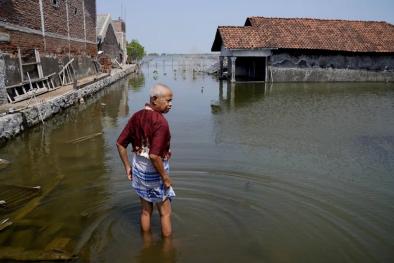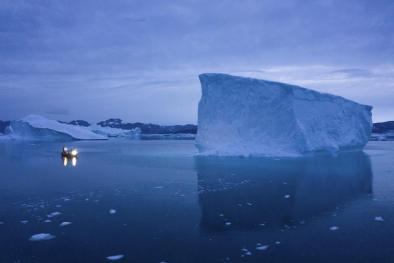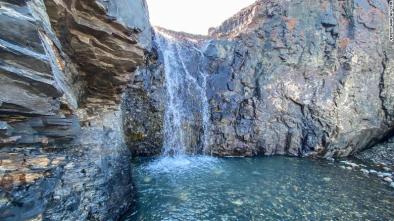Science Source
Anthropogenic forcing dominates global mean sea-level rise since 1970
- States that although individual attribution studies have been done for ocean thermal expansion and glacier mass loss, two of the largest contributors to twentieth-century sea-level rise, this has not been done for the other contributors or total global mean sea-level change (GMSLC)
- Evaluates the influence of greenhouse gases (GHGs), anthropogenic aerosols, natural radiative forcings and internal climate variability on sea-level contributions of ocean thermal expansion, glaciers, ice-sheet surface mass balance and total GMSLC
- Forces dedicated models for each contribution with results from the Coupled Model Intercomparison Project Phase 5 (CMIP5) climate model archive
- Finds that the sum of all included contributions explains 74 ± 22% (±2σ) of the observed GMSLC over the period 1900–2005
- Finds that the natural radiative forcing makes essentially zero contribution over the twentieth century (2 ± 15% over the period 1900–2005), but combined with the response to past climatic variations explains 67 ± 23% of the observed rise before 1950 and only 9 ± 18% after 1970 (38 ± 12% over the period 1900–2005)
- Finds that the anthropogenic forcing (primarily a balance between a positive sea-level contribution from GHGs and a partially offsetting component from anthropogenic aerosols) explains 15 ± 55% of the observations before 1950, and increases to become the dominant contribution to sea-level rise after 1970 (69 ± 31%), reaching 72 ± 39% in 2000 (37 ± 38% over the period 1900–2005).
Related Content
Headline

Feb 15, 2023 | Climate Nexus Hot News
Senegal's Saint-Louis At Forefront Of Sea Level Rise-Fueled Disruption
Headline

Sep 1, 2022 | Climate Nexus Hot News
Greenland Ice Already Doomed To Melt Will Raise Global Sea Levels At Least 10 Inches
Headline

Aug 3, 2022 | Climate Nexus Hot News
Coastal flooding on the rise as sea levels climb, finds NOAA
Headline

Jul 21, 2022 | CNN
A 'Not Normal' Amount Of Greenland's Ice Melted Last Weekend


